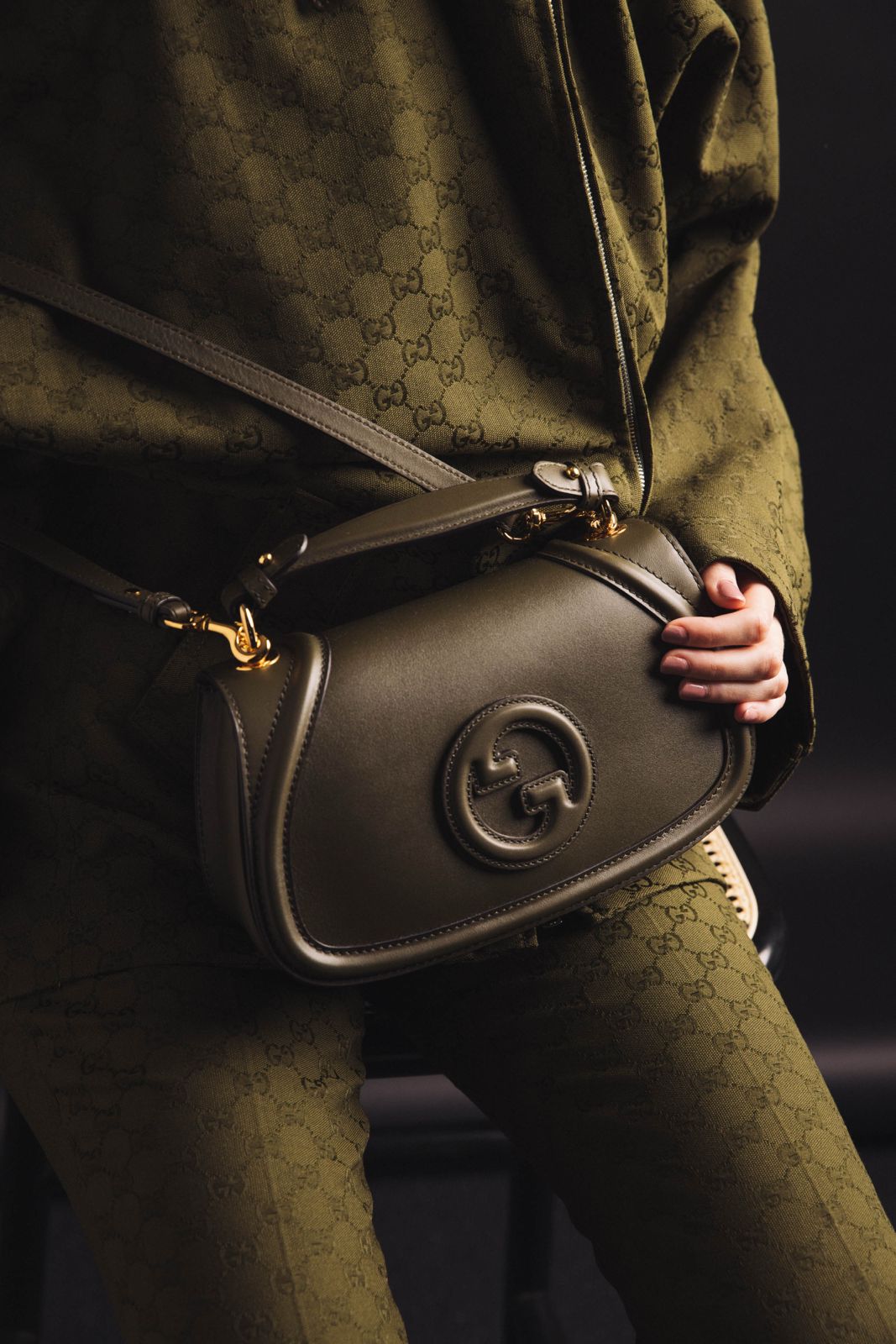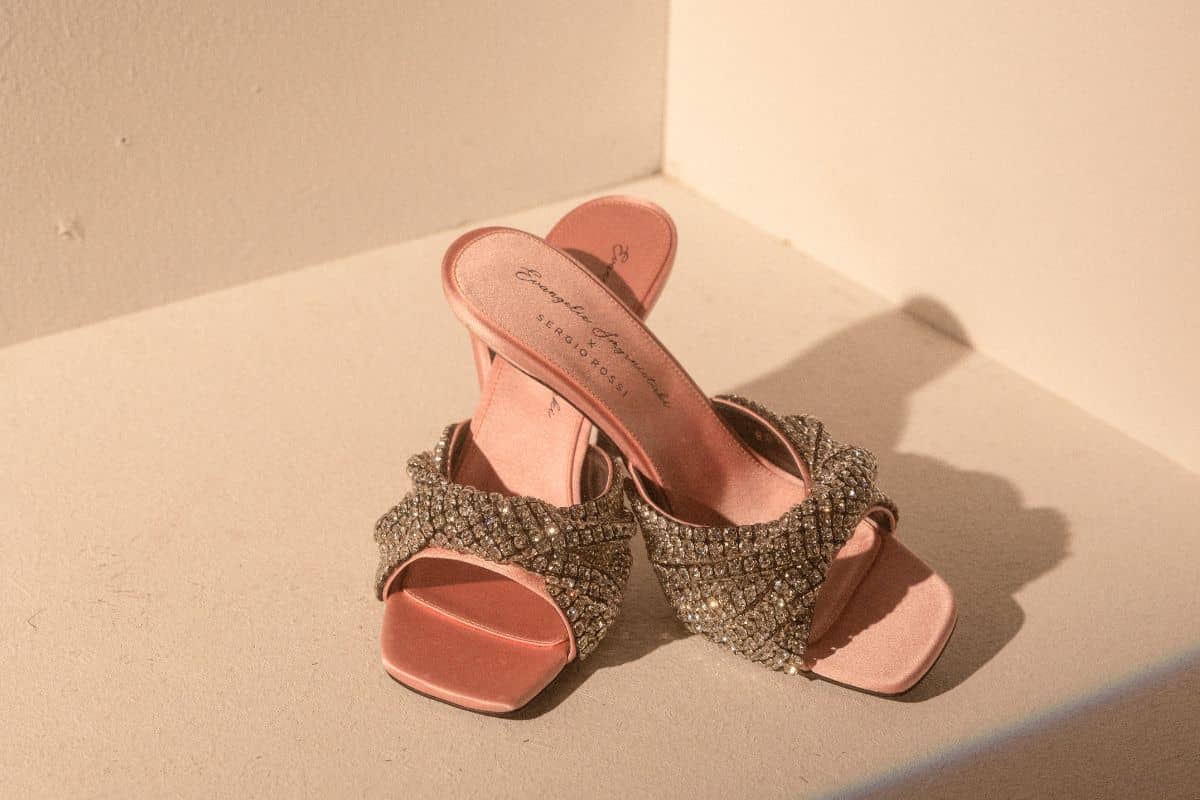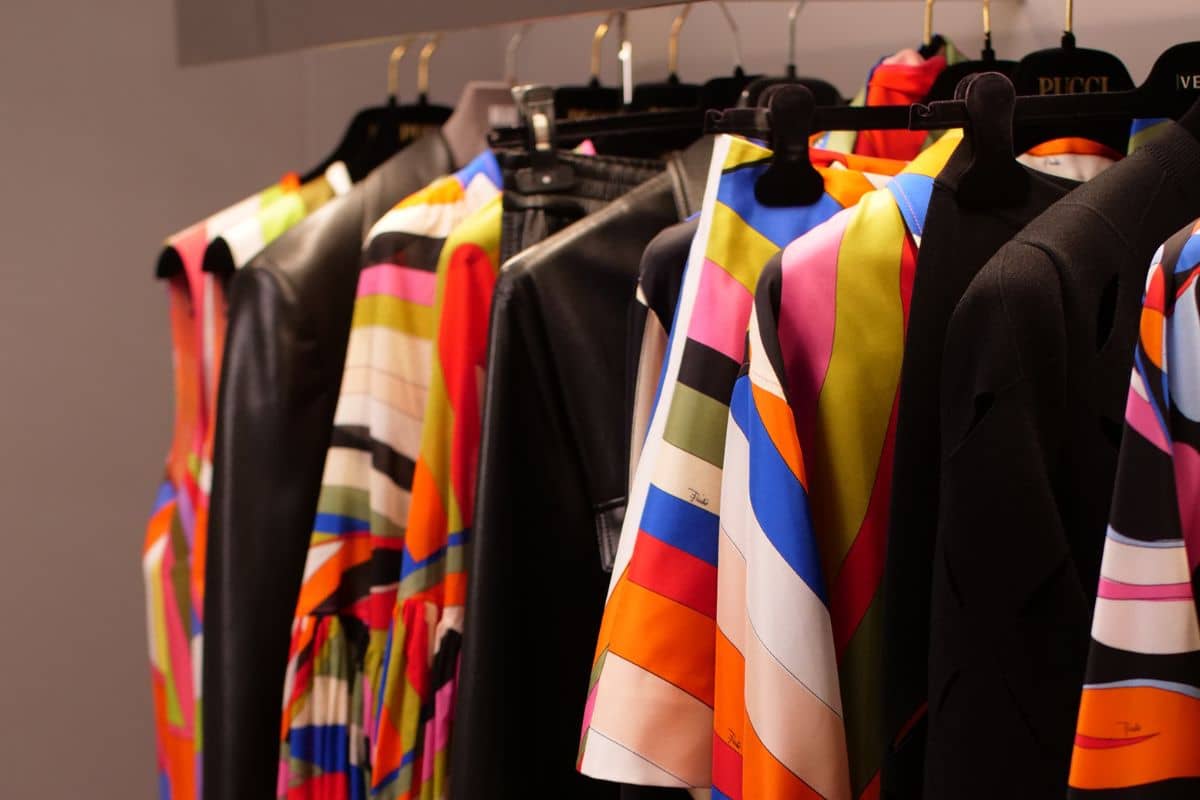Luxury in Fashion: Meaning and Evolution
Aesthetic pleasure, sartorial savoir faire, fine fabrics and artisanal care.
These are the elements to which the concept of luxury in fashion is intrinsically linked.
It is a fact that those who buy a luxury product do not want to purchase just an item of designer clothing of excellent quality.
Those who seek luxury desire a sophisticated, elite experience that goes beyond functionality and is based on a perception of prestige and refinement.
But what is the real meaning of luxury in fashion? Are there objective criteria? What is the impact of luxury on the fashion industry?
Here is an in-depth study that answers all your questions.
Is luxury in fashion an objective or subjective value?
The concept of luxury in fashion is defined by both subjective factors and objective standards .
It can vary depending on the cultural context of origin and/or belonging which, naturally, outlines the parameters that define what is luxury.
An idea that can obviously also be influenced by the preferences , perspectives and expectations of the individual person.
Not to mention what is considered “luxurious” can change over time given the seasonal nature of fashion and current trends .
It is true, however, that there are certain quality standards that define luxury in fashion.
From the use of fine materials to the craftsmanship of the workmanship, the meticulous attention to detail , the unique design of clothing and accessories.
Let's go into detail.
Luxury in the fashion industry: objective criteria
Beyond any subjective interpretation, there are objective criteria that define the meaning of luxury in the fashion ecosystem.
They are:
- the use of top-quality materials, selected according to parameters such as durability, quality of the fibres used (natural ones such as silk, cashmere or merino wool or high-end synthetics), refinement of the weave, aesthetic appearance and (increasingly) sustainability;
- high-end craftsmanship , with traditional techniques that ensure sartorial attention to the smallest details, as we will see later;
- the presence of a recognizable aesthetic , with distinctive designs and iconic pieces representing the maison's precious savoir faire;
- the heritage of the maison : a prestigious historical heritage is indicative of a long tradition of excellence in the sector which consequently gives authenticity and historical value to its products.
These are, in general terms, the objective factors to be analyzed to classify a fashion house in the "luxury" category.
Let's continue.
The evolution of the concept of "luxury": quality over quantity
We have seen that luxury is an idea subordinated to subjective propensities, tastes and preferences.
We have also seen that luxury is a concept defined by a series of objective and measurable factors.
Two different visions, but united by a single truth.
The ideal of luxury in fashion has changed over the years.
And the reason is quite obvious.
We are faced with a sector in which art and creativity reign supreme.
It is the freedom to evolve , the will to experiment , the desire to create the new that always generates innovative ideas.
And in such a context, nothing remains static. Not even the concept of luxury.
Fashion can't be stopped. It's like a constantly flowing river, and we have to swim with it.
Karl Lagerfeld
Luxury was once linked to the idea of wealth.
What drove people to purchase luxury goods was the (irrational?) desire to demonstrate their economic possibilities.
Not too far from flaunting one's social position, then.
In the fashion world, this trend is expressed in the concept of opulence which, in times past, translated into total looks overflowing with opulence and magnificence.
Today, the exact opposite is happening.
Tailoring , in its meaning of “ accuracy in the making of a suit ” is the key element of the meaning of luxury in fashion today.
This is confirmed by the spread of so-called quiet luxury, which celebrates luxury in terms of the search for fine fabrics and materials, refined style, minimal aesthetics and traditional craftsmanship.
Luxury is stripped of pomp and ostentation, becoming pure, linear and quiet .
It becomes an expression of savoir faire and quality.
Quality over quantity , precisely.
What is the role of luxury brands in the fashion industry?
The styles, colors, fits, and fabrics chosen by luxury fashion houses influence, season after season, the perception of true luxury in fashion.
And this, of course, has a key impact not only on the year's trends but also on the innovation and development (including economic) of the sector.
Luxury brands in the fashion sector, in fact:
The styles, colors, fits, and fabrics chosen by luxury fashion houses influence, season after season, the perception of true luxury in fashion.
And this, of course, has a key impact not only on the year's trends but also on the innovation and development (including economic) of the sector.
Luxury brands in the fashion sector, in fact:
- they symbolize belonging to an elite and exclusive group , created on the basis of values such as prestige and good taste;
- they are the pioneers of that creative innovation that is increasingly sought after in the modern era: just think of designers like Balenciaga or Versace, who deserve credit for having introduced ideas, materials and techniques that have inspired the entire fashion ecosystem;
- they stand out for their search for fine fabrics , for their tailoring and excellent craftsmanship;
- they set style and fashion trends , defining the most desirable seasonal “must haves”;
- They create an emotional bond with their customers, through premium experiences that are curated and enhanced in every detail.
The Variations of Luxury in Fashion: Haute Couture and Ready-to-Wear
Although linked to the concept of luxury, Haute Couture and pret-à-porter are two very different concepts.
- Haute Couture
Haute Couture refers to all those creations made by highly skilled tailors with precious and very high quality materials.
Houses that fall under haute couture must meet a series of criteria defined by the Parisian regulatory body, the Chambre Syndicale de la Haute Couture.
These are indications regarding the production process, the quantity of garments to be made and presented, under the sponsorship of an already Haute Couture brand, namely:
- the creation of hand-crafted designs by at least 20 artisans in Paris-based workshops;
- the presentation of two collections a year during Paris Fashion Week, with at least 25 creations.
Nowadays, there are 16 Haute Couture brands, from Chanel to Christian Dior, from Givenchy to Maison Margiela.
- Prêt-à-porter (or ready to wear)
Prêt-à-porter fashion includes ready-to-wear creations and, therefore, designed to meet the stylistic and functional needs of a wider audience than Haute Couture creations.
Experiential luxury: Cumini's vision
The values that emerged throughout the article are central to Cumini's corporate vision, which has become an exclusive point of reference for luxury fashion, with a sophisticated, international clientele.
Since 1948, the refined atmosphere of our boutiques has offered our customers experiential luxury, enhanced by personalized consultations from our style experts.
Explore our exclusive selection of the most internationally renowned fashion houses also in our online boutique .



